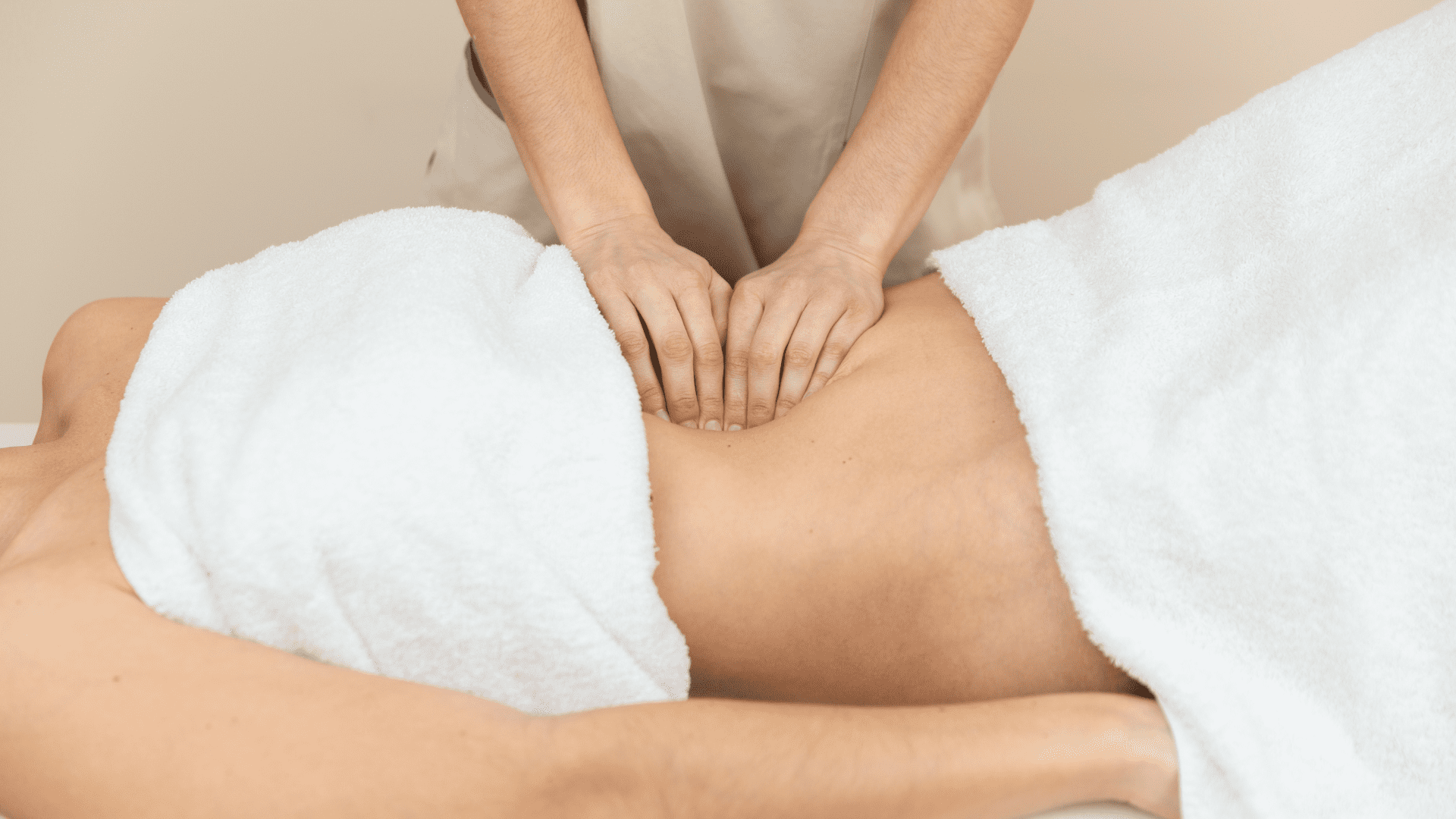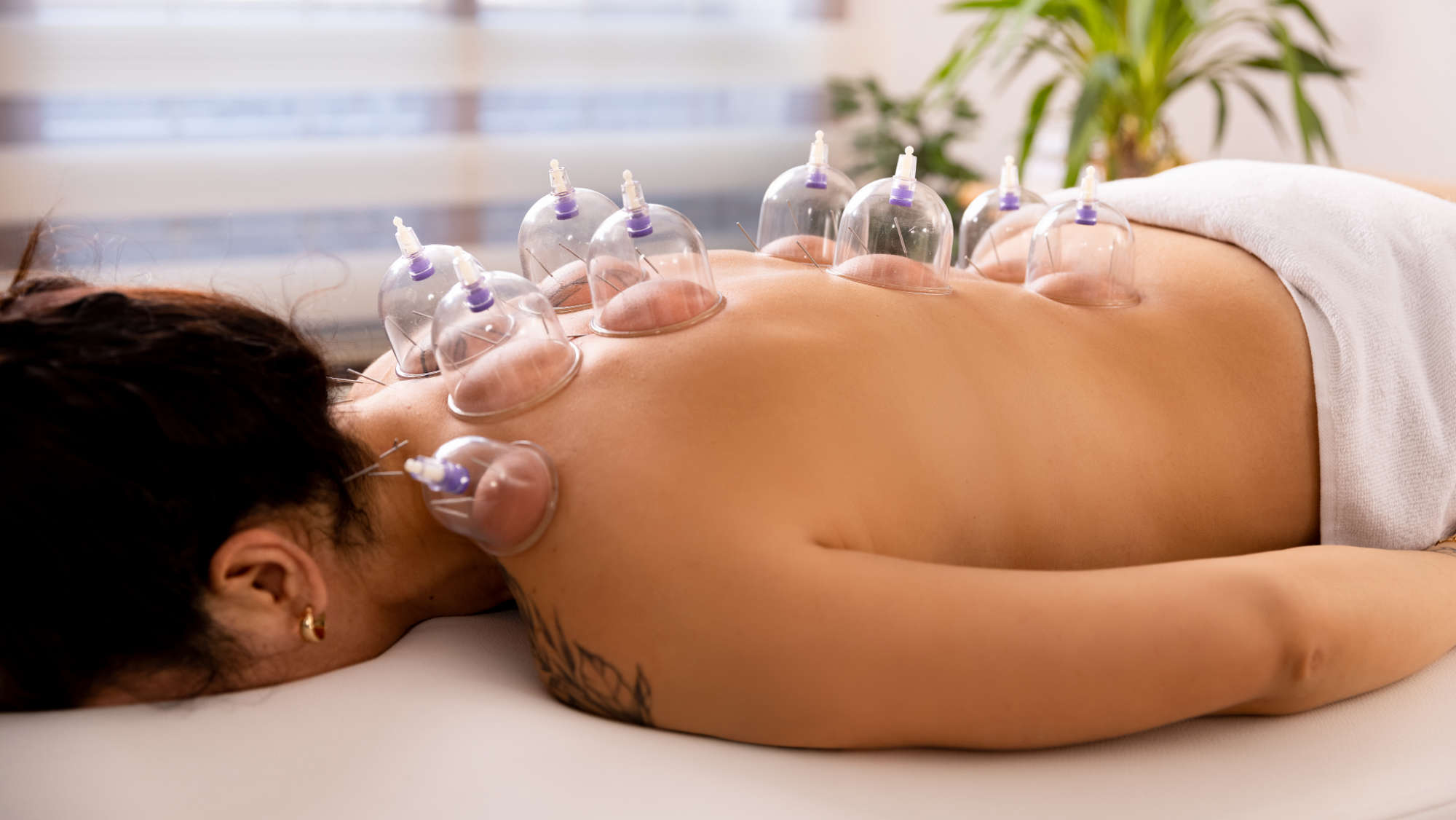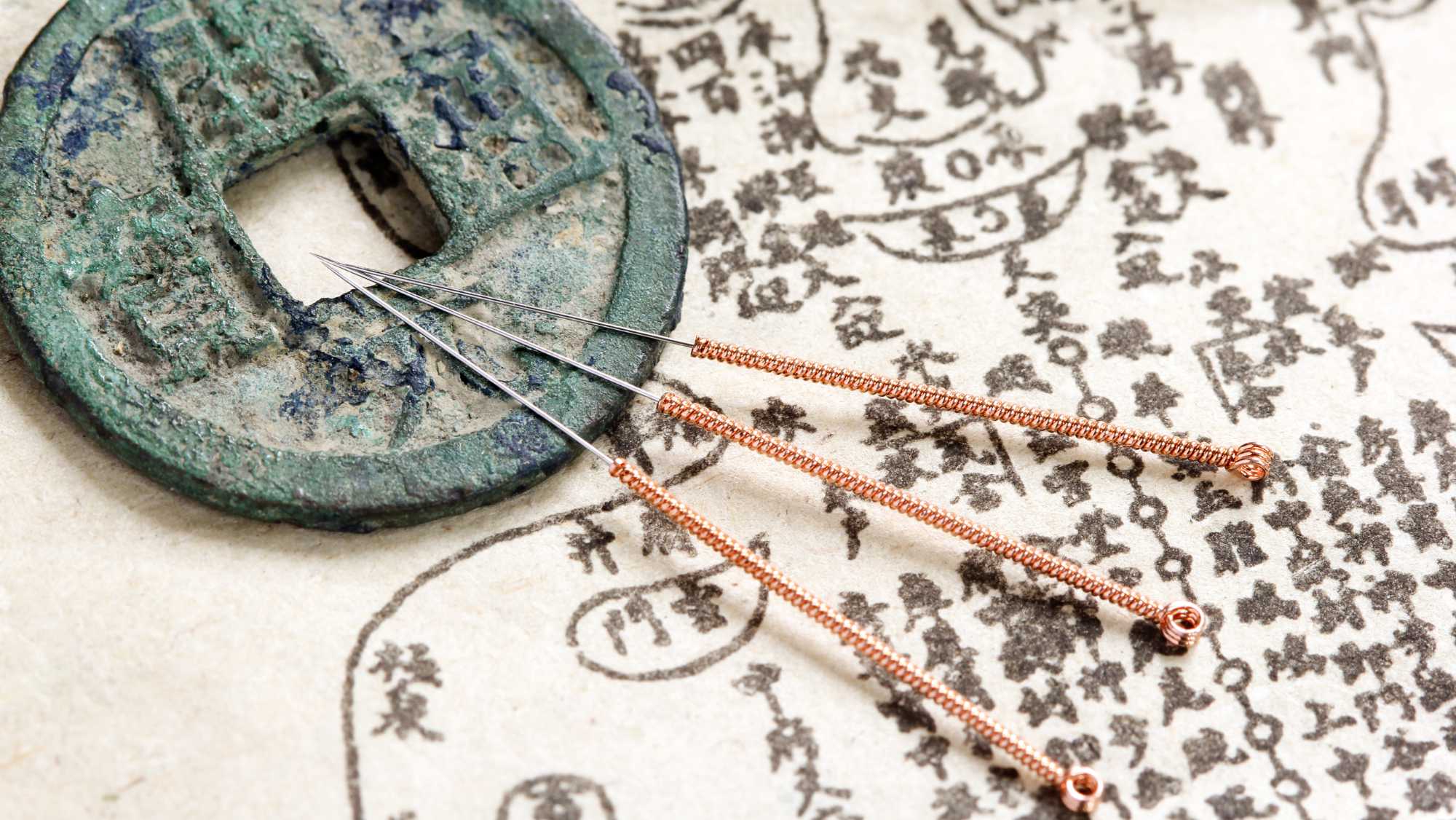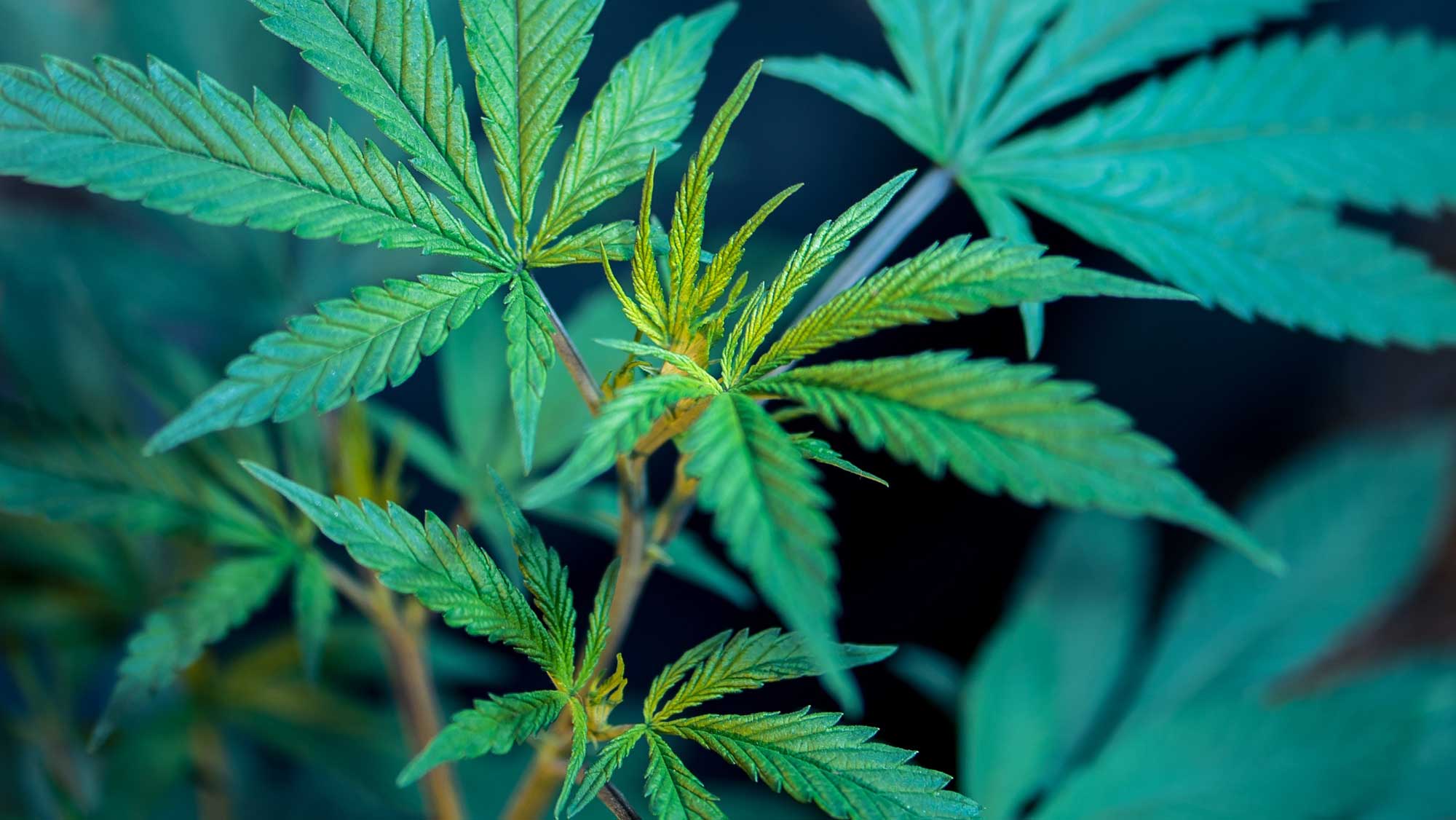An estimated 36 million people in the US suffer from migraines—that’s a lot of headaches. But migraines are much more than a bad headache. They’re a collection of debilitating neurological symptoms that can last from 4–72 hours. The most common symptoms experienced by migraine sufferers are:
- throbbing/pulsating pain
- extreme sensitivity to light, sound, and smell
- nausea
- visual changes/blurred vision
- aura
- vomiting
- tingling/numbness in hands, feet, or face
Migraines occur deep in the brain and involve nerve overactivity, inflammation and changes in blood flow, leading to an increased perception of pain. While the root cause of migraines is still unknown, research has shown us that there are some common triggers that precipitate these debilitating symptoms.
Common triggers for people prone to migraines:
- Hormonal changes in women
- Foods and food additives
- Drinks (especially alcohol and caffeine)
- Stress
- Sensory stimuli
- Changes in sleep-wake pattern
- Intense physical exertion
- Environmental changes
- Medications
How does acupuncture work physiologically for migraine pain relief?
The acupuncturist triggers a response from the nervous system by inserting small needles into specific sites on the body. Via the nervous system, the brain is prompted to orchestrate healing activity in the area of pain. This healing activity includes the:
- release of a cascade of natural painkillers (endorphins and enkephalins),
- increase of blood flow to the painful area,
- relaxation of muscles in the surrounding area.
Once triggered, the brain is able to orchestrate this activity very quickly. This is why patients are able to feel relief during a treatment. For more details, read our full article on how acupuncture works physiologically for pain relief.
How we treat migraines at Transformational Acupuncture
We have a steady stream of patients with migraines at our clinic, so we have gained a great deal of experience treating them. Not only have we have had the opportunity to help migraine sufferers find relief during migraine attacks, we also have been able to help those with chronic migraines prevent them in the future.
At Transformational Acupuncture, we treat migraine pain using the Balance Method style of acupuncture. Acupuncture points for treating migraines vary, depending on the location of the pain in the head. For more information, read out full article about the Balance Method and how we select acupuncture points for pain relief.
The case studies below highlight how a couple of our patients with migraines have benefited from acupuncture.
Migraine case studies from our acupuncture clinic in Washington DC
Patient “JC”: persistent migraines following medical leave, combined with stress, ulcers, insomnia and more.
“JC” came to the clinic with frequent severe migraines. Just off a medical leave from work (including an attempt to recover for a week in Costa Rica), she also had anxiety, insomnia, and fatigue. Stress levels at work and home with her husband had reached peak levels just before her medical leave, and due to the mind-body connection, her body was feeling the impact.
Although rested, JC still had most of the physical symptoms in full force. And although she was going to weekly psychotherapy and had a personal meditation practice, JC had still been unable to find a deep sense of peace and inner relief.
The first 4-6 acupuncture treatments gave JC immediate, but short lasting relief from her migraine symptoms. Often she would come in with a migraine, and leave with a 50–100% reduction of pain and nausea symptoms. However, due to the levels of stress she was still experiencing, the symptoms would return within 24–48 hours.
After 12 acupuncture treatments, the frequency and intensity of the migraines diminished to the point where JC was able to stop her migraine medications. JC’s anxiety was significantly reduced, and her dependence on the anti-anxiety drug Ativan was reducing as well. Additionally, through guidance in stress management skills in our Holistic Health Counseling sessions, JC was able to add key elements into her stress management routine.
After 20 treatments, JC no longer had migraines, but did have occasional tension headaches and high levels of neck pain and tension. Each acupuncture treatment was able to again reduce symptoms 50–100%, and give windows of 24–48 hours relief.
JC commented that on the acupuncture table, during a treatment, was one of the only times during her week when she actually felt stillness, calm and peace. As JC continues acupuncture treatment and holistic health counseling, our hope is to help her experience longer and longer windows of pain-free living.
Patient “RT”: 1.5-day migraines, weight gain, body aches and sinus issues
RT’s migraines started in undergrad, happening every two months or so. Four years later, with work stress reaching new heights, RT’s migraines had increased to three times per month, each lasting 1.5 days. Pain was in the right temple, and back left side of the head.
In addition to stress, the migraines seemed to be caused by consistent sinus pressure and sinus headaches, often resulting from seasonal allergies and weather changes. RT also had fatigue, body aches, and weight gain of 15 lbs due to lack of exercise, caused in part by the stress and increased migraine headache frequency.
To start, we asked RT to come in for acupuncture twice per week for 2 weeks. In addition to the acupuncture, we recommended an allergy elimination diet for three months due to the sinus pressure involvement in her migraines.
Within the first four sessions, RT commented that her migraines had turned into tension or sinus headaches. Each treatment would provide a 75–100% relief of her headache symptoms in the moment, with improvement windows of 1–3 days.
Within the next three months (18 treatments total), RT’s migraines and sinus headaches had reduced in frequency by 75%, her head and mental focus felt clearer, and her energy levels had gone up. With her newfound energy, she began exercising and had lost about 5 pounds.
Research on the effectiveness of acupuncture for migraines
Because the underlying cause of migraines is not well understood, the treatments currently available involve a wide-acting range of pharmaceutical drugs with a plethora of side-effects. Current research shows that acupuncture is as effective or more effective than drug treatments, with no unwanted side-effects.
Not only can acupuncture treatments provide in the moment relief from migraine pain, but they work very well as a preventative therapy against future attacks.
Acupuncture found to be as effective or more effective than traditional drug treatments in the prevention of migraines: The following study analyzed 22 trials of acupuncture for migraine prevention, either as a single treatment or as a component of care. The study found acupuncture to be as effective or more effective than traditional drug treatments in the prevention of migraines. Patients receiving acupuncture reported fewer headaches and side-effects than their counterparts who received standard care. 1
Six weeks of acupuncture as effective as six months of preventative drug treatments for migraines: This analysis of multiple studies shows that a six-week course of acupuncture treatments is as effective as a six-month prophylactic drug treatment for the prevention of migraines, with far fewer side effects. The authors of the study conclude that acupuncture should be a standard part of migraine therapy protocols.2
Acupuncture provides significant pain relief with no side-effects: This study illustrates how acupuncture can be useful for pain relief in ophthalmic migraines and other types of difficult to treat pain syndromes. Empirical analgesic acupoints were used to provide significant symptom relief and no side-effects were noted.3
Chinese herbal medicine for migraines
Many of our patients have successfully treated their migraines with Chinese herbal medicine. Our herbalists custom-prepare every herbal formula based on the patient’s specific conditions and constitution. To decide which herbs will make up the mixture, we use the diagnostic techniques of:
- analyzing the patient’s symptoms,
- measuring the pulse,
- observing the tongue.
While each formula will vary depending on the needs of the individual, the herbs listed below are examples of ingredients commonly found in migraine formulas. As a group, these herbs alleviate pain, reduce inflammation, regulate blood flow, relax muscles, and help the body deal with stress.
Yan Hu Suo/Corydalis root (Rhizoma corydalis)
- analgesic
- anti-inflammatory
- muscle relaxant
Yan Hu Suo works by activating the blood circulation in the body to alleviate pain. It is one of the premier pain relievers in Chinese herbal medicine. In Chinese medicine, Yan Hu Suo is considered to have an acrid and bitter flavor, and a warming effect on the body. These characteristics make it ideally suited to move quickly through the body to kill pain in any area.
Ge Gen/Kudzu root (Radix puerariae)
- antispasmodic
- cerebral vasodilator
- antiplatelet
- antihypertensive
- antipyretic
- antidiabetic
Sweet and acrid flavored, and possessing a cooling effect, Ge Gen is a principal herb for releasing muscle tension in the neck. It’s an effective heat-clearing herb that reduces inflammation and calms irritability. It’s smoothing action relaxes muscle spasms and dilates the blood vessels to alleviate pain.
Dan Shen/Salvia root (Radix salviae miltiorrhizae)
- cerebral vasodilator
- anticoagulant
- thrombolytic
- antiplatelet
- antibiotic
- hepatoprotective
- antineoplastic
- CNS suppressant
Dan Shen is an important herb for regulating blood circulation throughout the body. It is especially useful in treating gynecological disorders, which makes it a powerful herb in the treatment of migraines due to hormonal fluctuations. It’s cooling nature makes it very useful in alleviating the pain of rheumatoid arthritis or traumatic injury, and helps the body cope with stress and anxiety.
Chuan Xiong/Szechuan Lovage root (Rhizoma ligustici)
- cerebral vasodilator
- antiplatelet
- anticoagulant
- sedative
Chuan Xiong is a warming herb that is one of the most commonly used to activate blood circulation in the body. It is used in Chinese herbal medicine for many types of disorders related to blood flow, making it an excellent pain reliever. Its ascending and dispersing nature help to guide the pain relieving function of the herb to the head area, making it especially useful when treating headaches.
Bai Zhi/Angelica root (Radix angelicae dahuricae)
- analgesic
- anti-inflammatory
- antibiotic
- antispasmodic
- antipyretic
Bai Zhi is the go-to herb for frontal headaches. It’s warm, dispersing nature makes it especially effective in treating pain and sinus issues. Its therapeutic actions are targeted to the head and skin, and its anti-inflammatory action reduces swollen tissues and helps the body to eliminate toxins.
Bai Shao/White Peony root (Radix paeoniae alba)
- antispasmodic
- analgesic
- anti-inflammatory
- CNS suppressant
- antibiotic
- antipyretic
- antiplatelet
Bai Shao belongs to a class of herbs known as “blood tonics.” It has powerful antispasmodic, anti-inflammatory, and pain killing properties that make it an important component of a variety of herbal formulas. These properties, combined with its ability to calm the central nervous system, make it a very useful herb in alleviating the pain of migraines and preventing their recurrence.
Dang Gui/Chinese Angelica root (Radix angelicae sinesis)
- analgesic
- vasodilator
- antiplatelet
- anti-inflammatory
- immunostimulant
- hepatoprotective
- antibiotic
A sweet herb, Dang Gui belongs to the “blood tonic” category. It’s a commonly used herb in gynecology for its ability to “build” or enrich the blood while increasing circulation. Its pain killing, blood vessel dilating, and anti-inflammatory properties make it a popular herb for treating pain. By moving the blood, warming the body, and fortifying the constitution, dang gui is able to gently relieve pain while helping to calm the body’s reaction to pain.
What to do if you have migraines
If you live in the Washington DC area and are looking to heal migraines naturally (for either a current flare-up, preventative treatment or both), we can help. Here’s what you can do:
- Read more about our affordable acupuncture sessions.
- Let us help you check if you have acupuncture coverage: If you have an insurance policy with Aetna, United Healthcare, or BCBS/CareFirst, we’d be happy to check your policy for you. Just fill out or short online Acupuncture Benefits Verification Form.
- Give us a call at (202) 297-7404 or schedule an appointment online.
Sources Cited
- Cochrane – Acupuncture for preventing migraine attacks
- US National Library of Medicine – Role of acupuncture in the treatment of migraine.
- US National Library of Medicine – Is acupuncture an useful tool for pain-treatment in ophthalmology?







